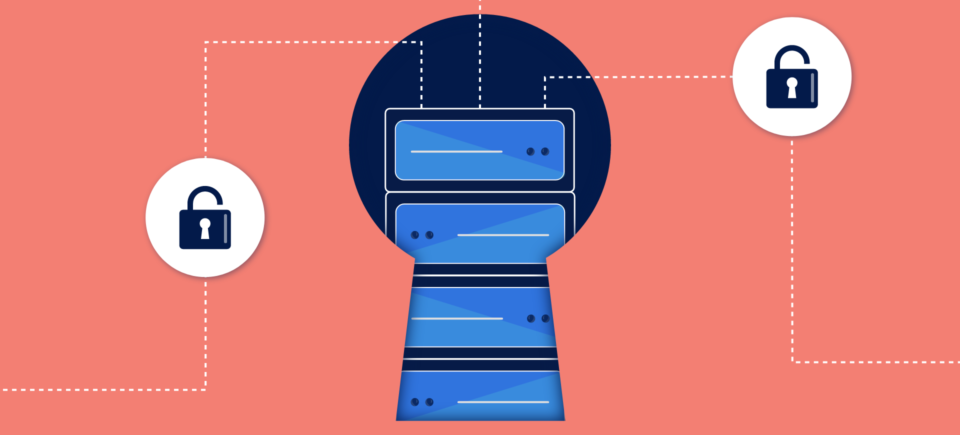Web or cloud hosting providers operate virtual private servers on physical servers to create multiple private server environments. This makes it easy to share resources with other servers. It also offers benefits such as cost savings, enhanced performance, and increased reliability. Securing your VPS will help you get the most out of it. Read on to know more about them in detail.
Best Practices for Securing Your VPS
Creating a public server is easier said than done, as cybercriminals may also access it along with genuine users. Still, there are ways to secure it. Here are some best practices to secure a VPS.
- Use an advanced policy firewall (APF) or config server firewall (CSF)
Along with network-centric attacks, the web server traffic is also vulnerable to port scans and unauthorized login attempts. The easiest way to address these security challenges is to employ a firewall. You can either choose a CSF or an APF for it, based on your convenience.
- Tweak your default SSH listening port
Usually, the default SSH port for most servers is port 22. As it remains open most of the time, it remains vulnerable to sophisticated attacks. You can deny access to those cPanel accounts that do not need it to minimize the risk of less sophisticated attacks. To do it yourself, you must have access to the root WebHost Manager as a cPanel administrator.
- Utilize SSL certificates
Securing the connection between your visitor and the web server is necessary for enhanced security. You can do it by installing an SSL certificate. Depending on your requirements and budget, you can either use a free or premium SSL certificate. If you wish to proceed with the latter option, don’t forget to do your research on SSL certificate pricing. It will help you choose the best SSL certificate according to your budget.
- Limit the number of users who access your server
Do many users access your server regularly? If yes, monitoring their profiles is a mandatory requirement for the security of your server. Whether you use Windows or Linux platform, you can monitor users by using appropriate commands.
Additional actions to enhance the security of your VPS
You can take several steps to improve the security of your VPS. Along with the above practices, you can take the following additional actions to boost your VPS’ security.
- Shut down the ports that are not necessary
- Install a reliable malware scanner program
- Use software programs that can detect intruding software programs efficiently
- Disable IPV6 and root logins.
- Filter spam emails and try using SFTP rather than FTP
- Embrace a strong password policy for password protection
- Keep all your software programs up-to-date
Final thoughts
While securing a VPS is nothing shorter than a challenge in this age of technological sophistication, you can make it possible by implementing the above steps. By adopting the above practices and monitoring the security of your VPS daily, you can shield it from both existing and potential security risks.

